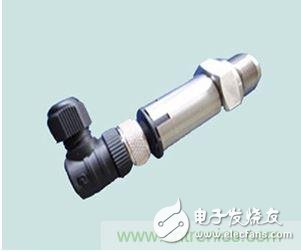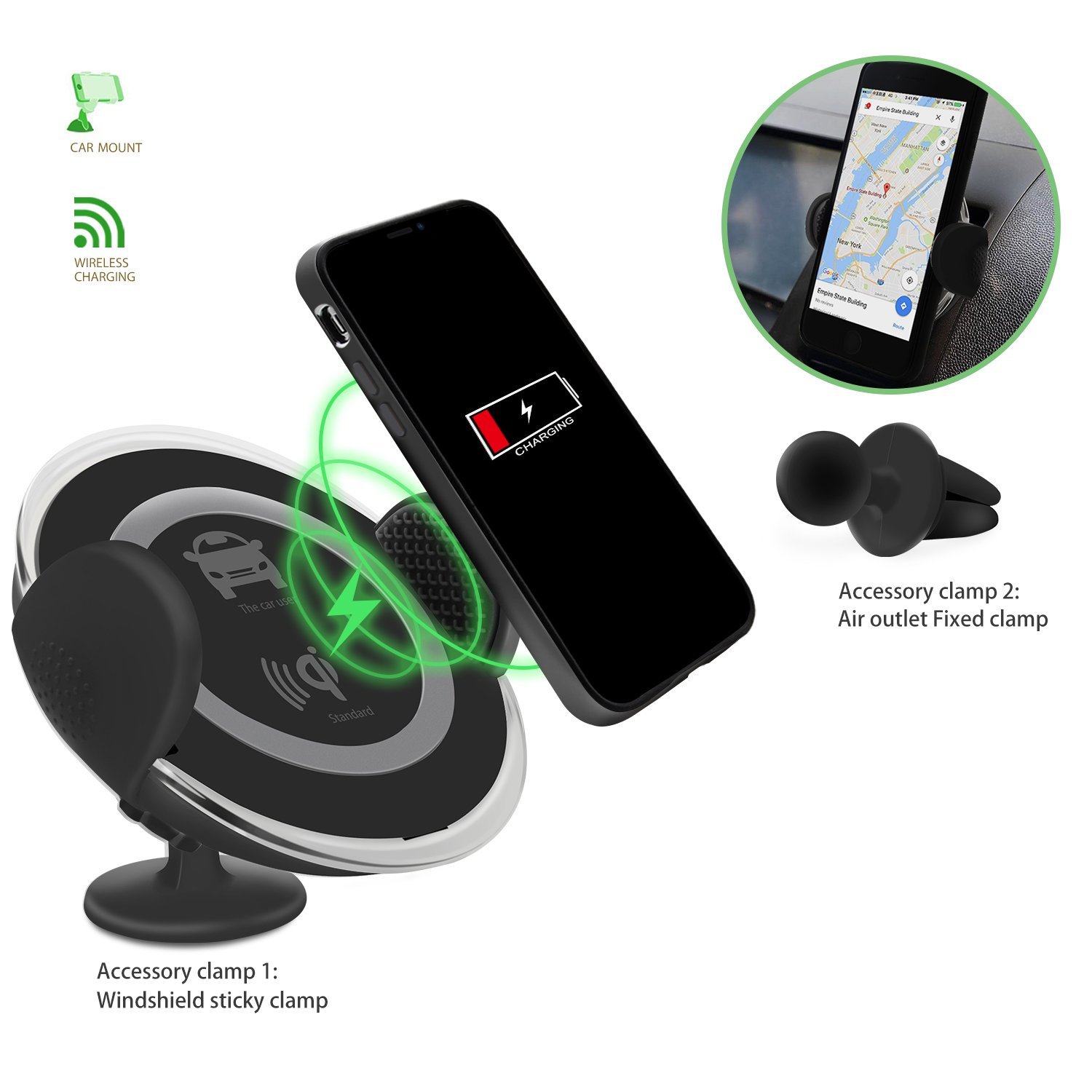Temperature
Excessive temperature is one of the common causes of many problems with pressure sensors, because many components of the pressure sensor can only work within the specified temperature range. During assembly, if the sensor is exposed to an environment outside these temperature ranges, it may be adversely affected.
For example, if the pressure sensor is installed close to the steam line that produces steam, the dynamic performance will be affected. The correct and simple solution is to move the sensor farther away from the steam line.
2. Voltage spikes
Voltage spikes are short-lived voltage transients. Although this high-energy surge voltage lasts only a few milliseconds, it still causes damage to the sensor. Unless the source of the voltage spike is very obvious, such as from lightning, it is extremely difficult to find. OEM engineers must be aware of the potential risk of failure throughout the manufacturing environment and around. Timely communication with us helps identify and eliminate such issues.
3. Fluorescent lighting
Fluorescent lamps require high voltages to initiate arc breakdown of argon and mercury at startup, thereby heating the mercury to a gaseous state. This startup voltage spike can pose a potential hazard to the pressure sensor. In addition, the magnetic field generated by fluorescent illumination may also induce voltages on the sensor wires, making it possible for the control system to mistake it for the actual output signal. Therefore, the sensor must not be placed under or near the fluorescent lighting fixture.

4. EMI/RFI
Pressure sensors are used to convert pressure into electrical signals and are therefore susceptible to electromagnetic radiation or electrical interference. While sensor manufacturers have tried to ensure that the sensor is protected from external interference, some specific sensor designs should reduce or avoid EMI/RFI (electromagnetic interference/radio frequency interference) effects.
Other sources of EMI/RFI to avoid include contactors, power cords, computers, walkie-talkies, cell phones, and large machines that produce varying magnetic fields. The most common methods of reducing EMI/RFI interference are shielding, filtering, and suppression. You can consult us for the correct precautions.
5. Shock and vibration
Shock and vibration can cause problems such as casing sag, wire breakage, board breakage, signal errors, intermittent faults, and reduced life. In order to avoid shocks and vibrations during assembly, OEMs must first consider this potential problem in the designer and then take steps to eliminate it.
The easiest way is to install the sensor as far as possible from the obvious shock and vibration sources. Another possible solution is to use a vibrating isolator, depending on how it is installed.
6. Overpressure
Whether at your own manufacturing site or at the end user, once the OEM has assembled the machine, care should be taken to avoid overpressure. There are many reasons for overvoltage, including water hammer effect, system accidental heating, and regulator failure.
If the pressure value occasionally reaches the upper pressure limit, the pressure sensor can withstand and return to its original state. However, when the pressure reaches the burst pressure, this can cause the sensor diaphragm or casing to rupture, causing leakage. A pressure value between the upper pressure limit and the burst pressure may cause permanent deformation of the diaphragm, causing output drift.
To avoid overvoltage, OEM engineers must understand the dynamic performance of the system and the limits of the sensor. At the time of design, they need to understand the interrelationships between system components such as pumps, control valves, balancing valves, check valves, pressure switches, motors, compressors, and storage tanks.
The Wireless Car Charger is a phone holder and a
charger at the same time! And the charger is not only for in your car,
but also very functional for at your office or your room, so you can
enjoy charge wireless at multiple places!We are a professional Chinese manufacturer of Wireless Car Charger , and look forward to your cooperation!

Best Wireless Car Charger,Car Holder Wireless Charger,Magnetic Wireless Car Charger Manufacturer in China
Reteck Electronic Co., Ltd. , https://www.reteck.com